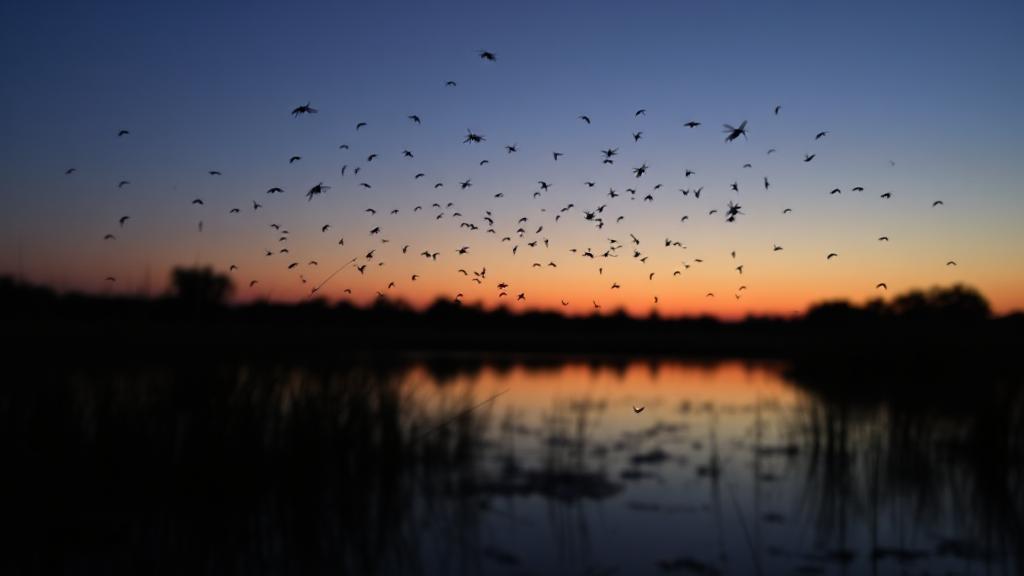Understanding Mosquito Activity Patterns
Mosquitoes are notorious for their itchy bites and role as vectors for diseases such as malaria, dengue fever, and Zika virus. Understanding their activity patterns can help in planning outdoor activities and implementing effective control measures.
Daily Activity Patterns
Most mosquito species are crepuscular, meaning they are most active during twilight hours. Peak activity typically occurs during:
- Dawn: Early morning hours, particularly around sunrise
- Dusk: Evening hours, especially during and after sunset
Some species, like the Aedes aegypti and Aedes albopictus (Asian Tiger Mosquito), are active during daylight hours, particularly in shaded areas. Others, like the Anopheles mosquitoes that transmit malaria, are primarily nocturnal.
Environmental Factors
Several conditions affect mosquito activity levels:
- Temperature: Mosquitoes thrive in temperatures between 70°F and 80°F (21°C to 27°C). Activity decreases significantly below 50°F (10°C)
- Humidity: High humidity levels above 60% are favorable for mosquito activity
- Wind: Mosquitoes have difficulty flying in strong winds
- Light: Many species avoid direct sunlight
- Moon Phase: Some research suggests activity can be influenced by moon phases
Geographic and Seasonal Variations
Different regions experience varying mosquito seasons:
| Region | Typical Active Season |
|---|---|
| Southern States | March - November |
| Northern States | May - September |
| Tropical Areas | Year-round |
Seasonal Patterns
- Early spring for warmer climates
- Late spring for temperate regions
- Early summer for colder areas
In temperate regions, mosquito activity peaks during spring and summer months. As temperatures drop in fall and winter, mosquitoes may enter diapause, a form of hibernation, to survive.
Habitat Preferences
Mosquitoes are most active near:
- Standing water
- Dense vegetation
- Shaded areas
- Areas with high carbon dioxide concentrations
Prevention and Control
Indoor Prevention
Outdoor Prevention
To minimize exposure during peak mosquito times:
- Use Insect Repellent: Apply EPA-approved repellents containing DEET, picaridin, or oil of lemon eucalyptus
- Wear Protective Clothing: Long sleeves and pants can help protect your skin
- Install Screens: Ensure windows and doors have screens
- Eliminate Standing Water: Regularly empty containers that collect water, such as flower pots, bird baths, and gutters
"Different mosquito species can carry different diseases and show varying activity patterns. Understanding local species is crucial for effective protection." - World Health Organization
For more detailed information on mosquito control and prevention, visit the Centers for Disease Control and Prevention (CDC) or the World Health Organization (WHO).
